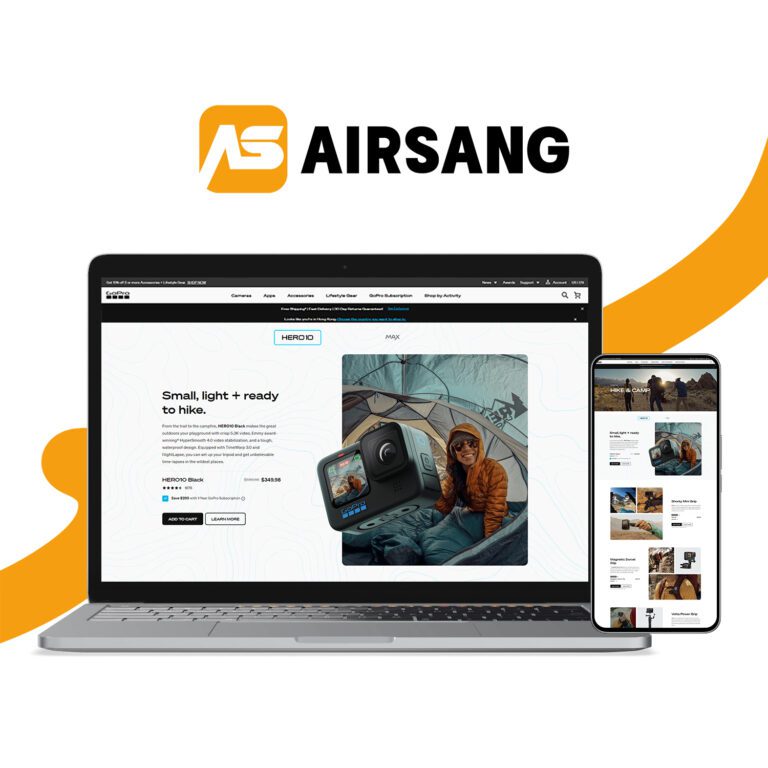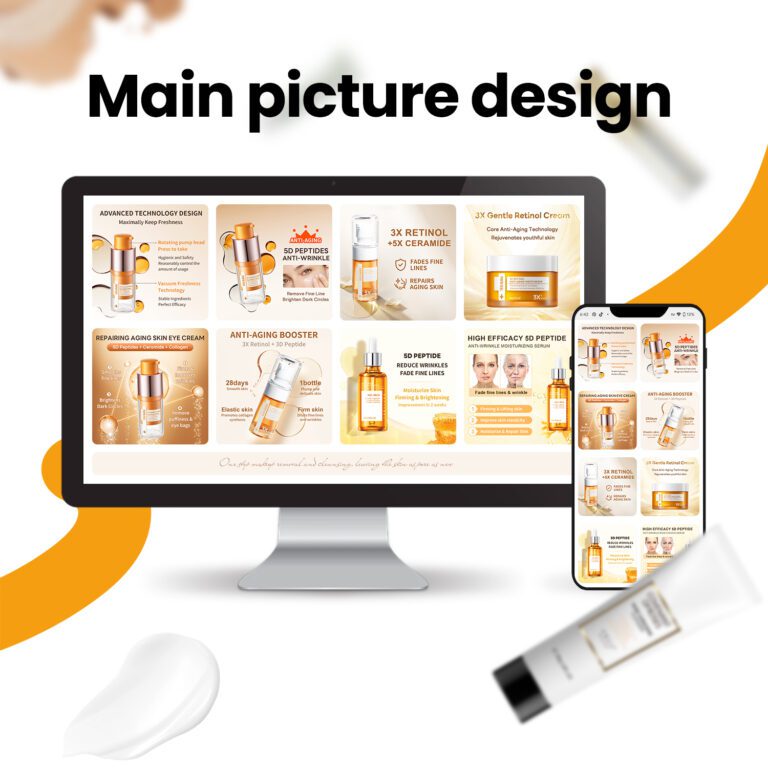Can missing WordPress favicon reduce trust and credibility?
At Airsang Design, we know small details shape big impressions. While logos and colors get attention, many overlook the favicon. If your WordPress site lacks one, you might ask—does it really matter? It does.

What Is a Favicon?
A favicon is the small icon shown in browser tabs, bookmarks, and mobile shortcuts. Though tiny, it reinforces your brand and helps users quickly identify your site. Without one, browsers show a generic icon—making your site feel unfinished.
Why Your WordPress Site Should Have a Favicon
1) Boosts Brand Recognition
Favicons act as mini logos, helping users spot your site quickly among open tabs and bookmarks.
2) Builds Trust and Professionalism
A missing favicon can make your site feel incomplete, subtly reducing user trust—especially for first-time visitors.
3) Improves User Experience
Favicons help users navigate back to your site easily when multiple tabs are open, reducing frustration.
4) Reinforces Brand Identity
As part of your visual toolkit, a favicon keeps branding consistent across every page and touchpoint.

Favicon Design Tips and Recommendations
To design an effective favicon, focus on clarity and brand consistency:
- Keep it simple: Use initials or a simplified logo for easy recognition.
- Use high contrast: Ensure it’s visible on light and dark backgrounds.
- Stay on brand: Match your brand’s colors and style.
- Choose the right format: Use a 512x512px .png or .ico file for WordPress.
- Test on all devices: Make sure it looks sharp on desktop and mobile.
How to Upload and Set a Favicon in WordPress
Adding a favicon in WordPress is easy:
- Go to Appearance > Customise > Site Identity
- Under Site Icon, upload a 512×512 px image
- Click Publish to save changes
For more control, use plugins like Favicon by RealFaviconGenerator.
Can the Absence of a Favicon Impact SEO?
While favicons aren’t a direct Google ranking factor, they still impact SEO indirectly.
Here’s how a missing favicon can hurt your site:
- Lower Mobile Click-Through Rates: Google shows favicons in mobile search results. A missing or generic icon makes your listing less noticeable.
- Weaker User Trust Signals: An incomplete-looking site may increase bounce rates and reduce session time.
- Fewer Return Visits: Without a distinct favicon, users may struggle to find or recognize your site in tabs or bookmarks.
In short, a missing favicon undermines your brand’s visibility and user experience—both of which can affect performance over time.
Conclusion
The favicon may be small, but it makes a big branding impact. If your WordPress site still shows a blank tab icon, it’s a missed chance to boost trust and user experience.
At Airsang Design, we know details matter—because users notice them. Need help refining your site? Let’s make it unforgettable.
















